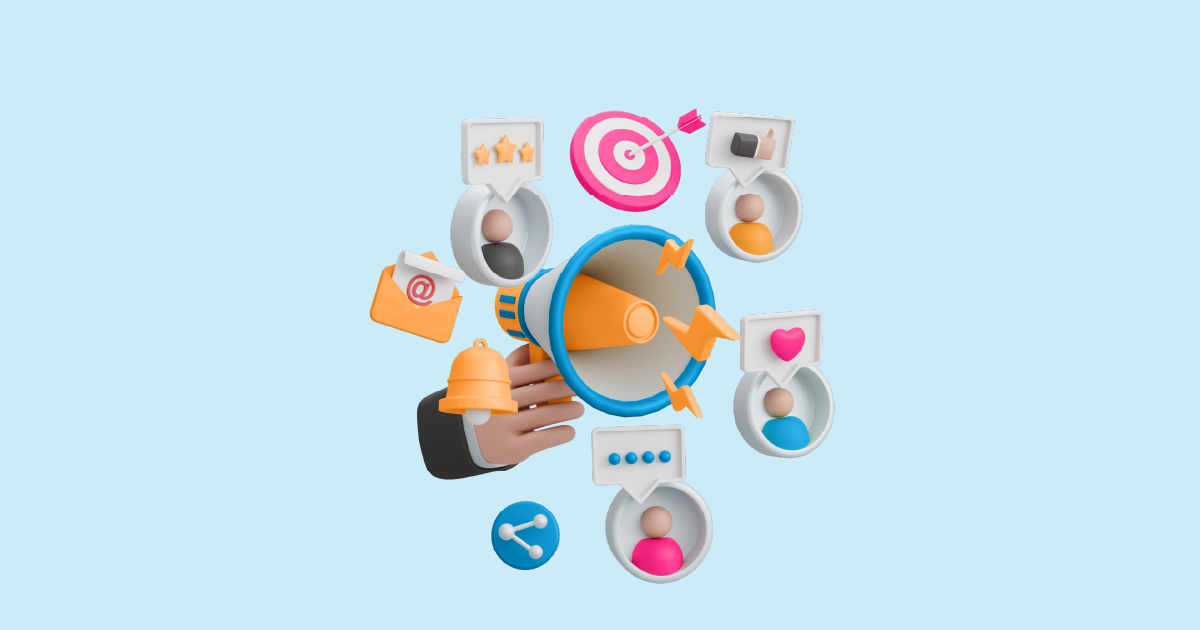Ever wondered what people are saying about your competitors online? That chatter—those tweets, reviews, Reddit rants, or glowing blog posts—can be a goldmine. Welcome to the world of social listening for competitor brand mentions. It’s more than just snooping; it’s smart business. In today’s hyper-social world, staying blind to competitor conversations is like running a race in flip-flops—you might get there, but not fast or efficiently.
Social Listening for Competitor Brand Mentions

Before diving deep, let’s clarify the concept. Competitor brand mentions refer to any instance where your competitor’s name or product is mentioned online—whether on social media, blogs, forums, or news sites.
For example, if someone tweets, “I switched from BrandX to BrandY and I’m loving it,” and BrandX is your competitor—ding! That’s a valuable mention.
These mentions reveal not just what people are saying, but why. That “why” is where the real value lies.
Benefits of Social Listening for Competitor Analysis
So why bother? Because the benefits are massive:
- Real-Time Market Intelligence: Instantly know what’s hot and what’s not with your competitors.
- Spot Weaknesses: If customers complain about slow service from a rival, that’s your chance to shine.
- Understand Sentiment: It’s not just what people say—it’s how they feel about it.
In short, social listening for competitor brand mentions helps you play smarter, not harder.
Tools to Track Competitor Brand Mentions
You don’t have to do this manually—unless you really love endless scrolling.
Free Tools
- Google Alerts: Old but gold. Set up alerts for competitor names.
- Social Searcher: Real-time social media monitoring with sentiment analysis.
Paid Tools
- AIM Insights: Powerful analytics and visualization.
- Sprout Social: Great for team collaboration and reporting.
- Mention: Tracks across news, blogs, forums, and more.
Pick the tool that matches your needs and budget. Don’t overcomplicate it.
How to Set Up Social Listening for Competitor Mentions
Let’s break it down.
Step 1: Identify Your Competitors
Not just the obvious ones. Think about emerging players too.
Step 2: Choose the Right Tools
Start small if you’re new. A free tool can still give powerful insights.
Step 3: Set Relevant Keywords and Phrases
Include variations, misspellings, hashtags, and product names.
Step 4: Filter and Organize Data
Use categories like sentiment, source, or product line for better insights.
Where to Monitor Competitor Brand Mentions
Mentions can pop up in surprising places. Here are the must-watch zones:
- Social Media: Twitter (X), Instagram, LinkedIn, TikTok
- Forums: Reddit, Quora, niche communities
- Review Sites: Trustpilot, G2, Yelp
- Blogs/News: Industry blogs and online publications
Set wide nets, but learn to focus on what really matters to your market.
What to Look for in Competitor Brand Mentions
Not all mentions are created equal. Look for:
- Customer complaints and praise: What’s loved? What’s hated?
- Influencer content: Who’s endorsing your competitors?
- Campaign buzz: Is their latest ad campaign flopping or flying?
- Product news: Be the first to know when something new drops.
The goal is to turn their feedback into your advantage.
Using Insights from Competitor Mentions to Improve Your Strategy
Here’s where things get fun:
- Spotting Trends: Are people asking for features you don’t offer—yet?
- Learning from Mistakes: If your competitor messes up, don’t repeat it.
- Enhancing Your Offer: Use gaps in their strategy to strengthen yours.
Remember, you’re not just listening—you’re learning and adapting.
Case Studies of Brands Using Social Listening Effectively
Pepsi vs. Coca-Cola
Pepsi leveraged social sentiment during Super Bowl campaigns to shift public opinion—and sales.
Nike vs. Adidas
Nike monitors Adidas campaigns to adjust influencer marketing and launch counter-campaigns.
These brands invest in listening because it drives results.
Challenges
It’s not all smooth sailing.
- Noise: You’ll hear a lot of irrelevant chatter. Learn to filter.
- Language Barriers: Global brands need multilingual tools.
- Privacy and Ethics: Stay compliant with data policies and ethics.
Tread carefully, but confidently.
How to Measure the Impact of Social Listening
You need to show ROI, right? Track:
- Engagement: Are people interacting more with your content post-insights?
- Sentiment Shifts: Has your brand perception improved?
- Revenue Impact: Are insights translating into sales or reduced churn?
Use dashboards and monthly reviews to keep tabs.
Integrating Social Listening with Your Overall Marketing Strategy
Social listening for competitor brand mentions isn’t a silo.
- PR: Quickly respond to crisis moments or ride a viral wave.
- Product: Feedback can guide new features.
- Support: Spot and resolve issues before customers tag you directly.
It’s about becoming proactive, not reactive.
Future Trends
Tech is evolving fast. Watch out for:
- AI and ML: Better sentiment analysis and trend prediction.
- Predictive Insights: Know what customers will want before they ask.
- Cross-platform Listening: One dashboard for all channels.
The future is sharper, smarter, and more insightful.
Common Mistakes to Avoid
- Only listening to your own brand: That’s half the picture.
- Ignoring context: A sarcastic tweet isn’t always praise.
- Not acting on insights: Data without action is just noise.
Avoid these and you’re already ahead of the pack.
Conclusion
Social listening for competitor brand mentions is like having a cheat sheet in a business exam. You get insights, avoid pitfalls, and leap ahead of rivals. It’s not about spying—it’s about understanding the game better than anyone else. With the right tools, mindset, and strategy, you can turn every competitor mention into a stepping stone to success.
Ready to outsmart your competitors and gain real-time market insights? 👉 Request a demo from AIM Technologies and see how powerful social listening can transform your competitive strategy today.
FAQs
1. What are the best tools for competitor social listening?
Brandwatch, Sprout Social, and Mention are highly effective, with options for every budget.
2. How often should I track competitor mentions?
Ideally, daily for active brands. At minimum, review weekly for trends.
3. Can social listening help improve customer service?
Absolutely. Spotting recurring issues with competitors lets you solve them better.
4. What’s the difference between social listening and social monitoring?
Monitoring is reactive (alerts and responses), listening is proactive (analyzing trends and sentiment).
5. How do I turn competitor insights into action?
Use them to tweak your messaging, adjust your offers, and guide product improvements.




